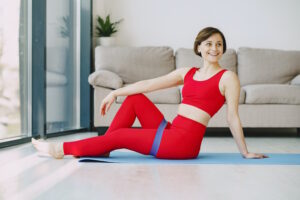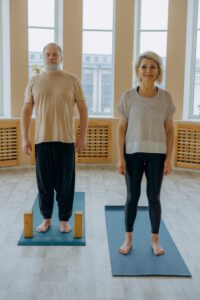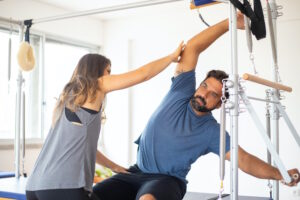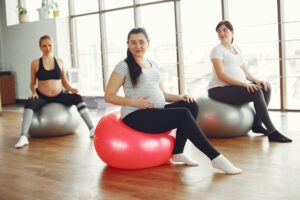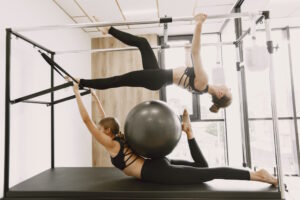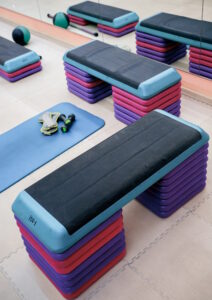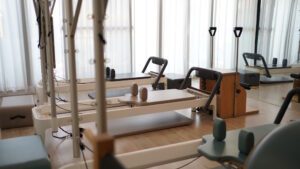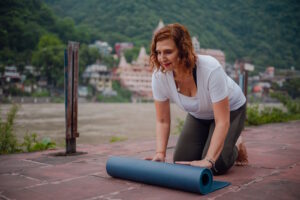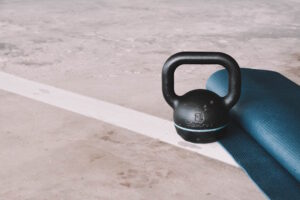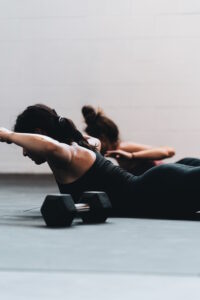
Pilates is a popular exercise method that offers numerous benefits, including improved strength, flexibility, and body awareness. While often associated with developing a strong core, Pilates can also be an effective tool for weight loss and toning. When combined with Pilates equipment workouts, individuals can experience enhanced results in their weight loss and toning efforts. In this article, we will explore the effectiveness of Pilates equipment workouts for weight loss and toning, address common questions regarding Pilates and its impact on body composition, and identify the best Pilates exercises for achieving weight loss and toning goals.
Can you lose weight and tone with Pilates? Yes, Pilates can contribute to weight loss and toning when incorporated into a well-rounded fitness program. Although Pilates is not a high-intensity, calorie-burning exercise like cardio or high-intensity interval training (HIIT), it can still play a valuable role in weight loss and toning. Pilates engages multiple muscle groups, promotes lean muscle development, and improves overall body composition. Additionally, Pilates workouts can increase calorie expenditure, especially when combined with cardiovascular exercise and a balanced diet.
Does Pilates make you look toned? Pilates can help create a toned appearance by increasing muscle strength and definition while improving overall body composition. Pilates exercises focus on lengthening and strengthening muscles, resulting in a sculpted and lean physique. By promoting balanced muscle development and improved posture, Pilates can enhance the appearance of muscle tone and definition. However, it is important to note that individual results may vary, and overall body composition is influenced by factors such as genetics, diet, and overall exercise routine.
Which is the best Pilates for weight loss? While all forms of Pilates can contribute to weight loss, certain styles and equipment may be more effective than others. Pilates equipment workouts, such as those performed on the reformer or Cadillac, provide resistance and support, allowing for a more challenging and dynamic workout. These workouts can increase muscular engagement, calorie expenditure, and overall intensity. Additionally, incorporating cardiovascular exercises alongside Pilates, such as brisk walking or cycling, can further enhance weight loss results.
Is Pilates the best workout for toning? Pilates can be an excellent workout for toning due to its emphasis on controlled, precise movements that engage multiple muscle groups. The integration of Pilates equipment into workouts adds resistance and challenge, which can further enhance muscle strength and tone. Pilates exercises target specific muscle groups, including the core, arms, legs, and glutes, allowing for targeted toning. However, it is important to note that overall body toning also relies on factors such as consistency, intensity, and proper nutrition. Combining Pilates with cardiovascular exercises and a well-rounded strength training program can maximize toning results.
In summary, Pilates equipment workouts can be an effective tool for weight loss and toning. While Pilates may not be as calorie-intensive as high-intensity workouts, it promotes lean muscle development and improves body composition. Pilates can contribute to a toned appearance by increasing muscle strength, enhancing muscle definition, and improving overall body posture. Incorporating cardiovascular exercise alongside Pilates, choosing challenging Pilates equipment workouts, and maintaining a balanced diet are key factors in achieving weight loss and toning goals. By embracing Pilates as part of a comprehensive fitness routine, individuals can enjoy the benefits of improved strength, flexibility, body composition, and overall well-being.
